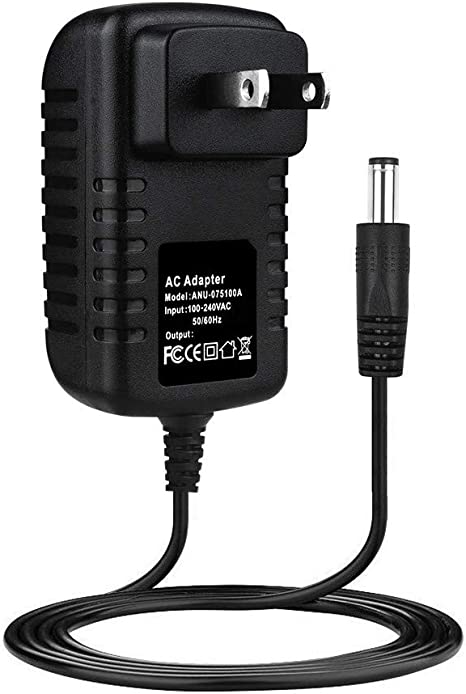Whether used in industrial production or laboratory science research, chemical catalytic systems play a vital role in our daily lives. The catalyst not only activates the inert reaction material, but also lowers the reaction conditions and improves the selectivity of the product. However, since modern catalysts often exhibit various disadvantages, further development and improvement of the catalytic system are required. The demand for efficient and tailor-made catalysts in the real world has inspired chemists to combine the design principles of natural enzymes with synthetic macromolecular structures to prepare imitation enzyme catalysts. Summary of results Recently, Professor Christopher Barner-Kowollik of Queensland University of Technology in Australia and Peter W. of the Karlsruhe Institute of Technology Professor Roesky (co-author) used high molecular weight polymers to prepare single-stranded nanoparticles (SCNPs), which are loaded with metal ions to mimic enzyme catalysts in living organisms. Combining metal organic and macromolecular chemistry, the various monomers prepared at the molecular level are almost infinite, and the versatility of the molecular environment is adjusted to specific reaction conditions, and the macroscopic natural complexity is studied at the molecular level. Domestically, apply these understandings to new catalytic developments. To further develop and promote catalytic chemistry, a new method and mode of thinking is provided. The research results were published in the internationally renowned journal JACS under the title "Single-Chain Nanoparticles as Catalytic Nanoreactors". Graphic guide Figure 1. SCNPs coordination metal ion process (a) introducing an excellent ligand function in the polymer chain - metal complexation - making single-strand folding and catalytic functionalization a step; (b) Forming nanoparticles by an external trigger and a pre-folded support of the subsequent metal load. Figure 2. Conceptual differences between molecular catalysts and catalytic activity of SCNPs (a) When the molecular catalyst [Rh(cod)Cl]2 is replaced by Rh(I)-SCNPs, a significant effect on the product ratio in the cross-coupling reaction; (b) when using Cu(II)-SCNPs instead of CuCl2 As a catalyst, it has a unique substrate specificity in the oxidative coupling of terminal acetylene. Figure 3. Modification of SCNP characteristics under selective reaction conditions (a) forming a 2:1 complex between the phosphine in the polymer chain and the externally added Pt(II) salt on the SCNPs; (b) Pt(II)-SCNPs are applied to the amination process of allyl alcohol, which changes the solubility behavior and catalytic activity due to the change of solvent polarity, thus combining homogeneity and heterogeneity. The catalyst is made recyclable. Figure 4. Effect of the second reaction site of SCNPs on the catalytic effect (a) The effect of the second coordination point on catalytic applications is illustrated by the helical polymer catalyzed by L-valine: the aldol condensation of cyclohexanone and p-nitrobenzaldehyde is only in the folded conformation of the polymer To be catalyzed to form a hydrophobic vesicle around the catalyzed L-valine center; (b) In the surrounding polymer system, due to the action of additional functional hydroxyl units, a simplified formation of a Ni-SCNPs cavity, with higher temperature stability and catalytic activity, due to secondary coordination effects . Figure 5. SCNPs study of sequence-defined polymers (a) SCNP technology enables controlled folding of the sequence-defined polymer; (b) Visualization of reversibly folded SCNPs, which can be controlled by external field control as needed. summary The study used a chemical combination of a polymer and a macromolecule to prepare single-stranded nanoparticles (SCNPs) as a universal carrier. It is a very attractive research direction to study enzyme simulation on synthetic polymers that are easy to produce. As the research progresses, it will also enter the mature research field. Its attractiveness includes the ability to precisely tailor SCNP systems for each catalytic reaction, incorporating high catalyst stability, selectivity and reusability and dynamics to enable remote activation or deactivation of catalytic capabilities. It has been confirmed by research that synthetic polymer-based SCNPs have the potential to achieve these properties.
AC wall 5V 2A power adapter with multiple tips works for many small 5V electronics. Like Scanner, Router, Bluetooth speaker, Foscam Wireless IP Camera, CCTV camera, USB hub, bluetooth GPS Receiver, tv box, tablets, Baby Monitor, Graco Swing, Home Phone System, VoIP Telephone Routers, Serato DJ Controller, DVR, ADSL Cat, External battery, hubs, switches, Led Strip, String Lights, vibrator, Raspberry pi 3 Raspberry Pi A/A+/B/B+ Raspberry Pi Zero and more 5V devices. (5V ONLY)
Worldwide Input: 110-240V; Output: 5V 1000mA, 1.5A, 1.75A, 5V 1A, 5V 500mA, 5V 2.1A, Max 10W. DC Tip Polarity: Central Positive(+). Please read manual carefully before using 5vdc power supply.
5V Switching wall charger 6V Switching wall charger 9V Switching wall charger 12V Switching wall charger 15V Switching wall charger 19V Switching wall charger 24V Switching wall charger 36V Switching wall charger 48V Switching wall charger Shenzhen Waweis Technology Co., Ltd. , https://www.szwaweischarger.com





Design-safeguard features against incorrect voltage, short circuit, internal overheating and overloading. This 5v Ac power supply charger is made from quality material to ensure the long lifetime. Power your 5v electronics perfectly and replaces lots of 5 volt power chargers
Package include: 1 x High Quality 5V 2A AC DC Power Adapter, 1 Set x Tips